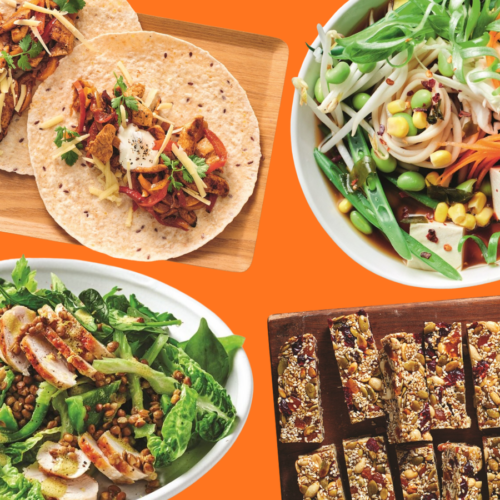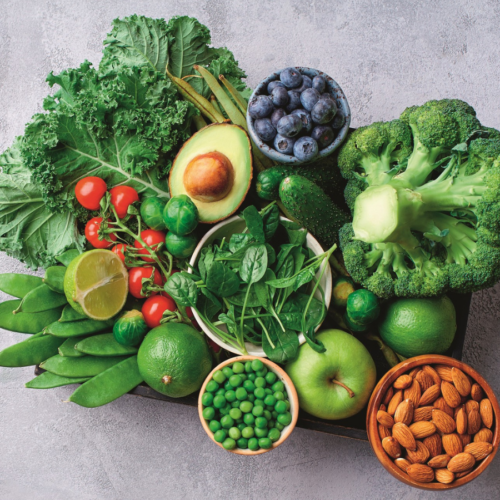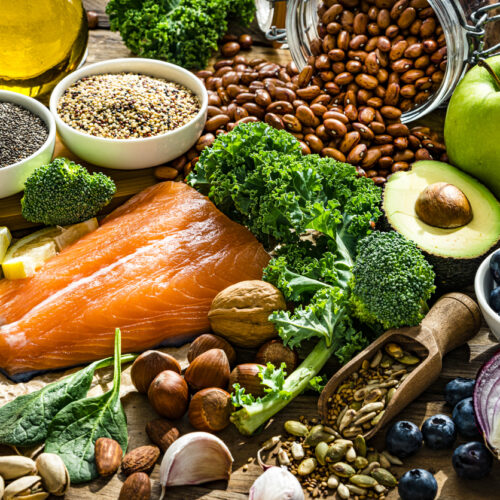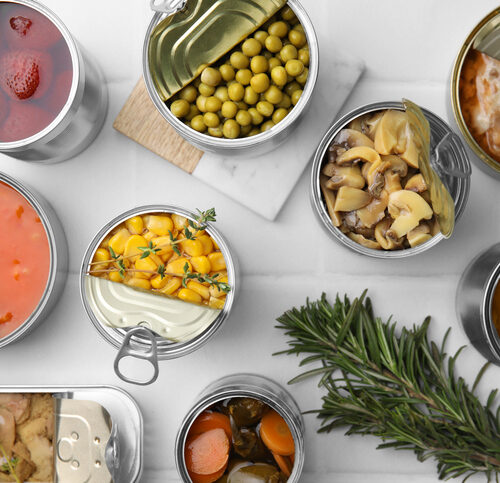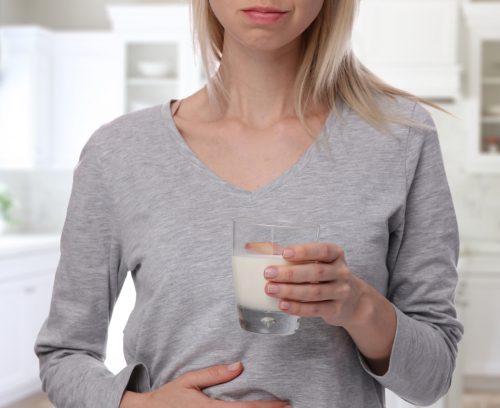
This article is part of the FODMAP toolkit: Your complete guide to going low-FODMAP. Full print ready version available for purchase, details here.
Stage 2: Challenges
So far, you’ve been avoiding all FODMAP food groups. Now it’s time to test the individual FODMAP groups. There might be some you’re not having a reaction to.
Many foods contain one or more types of FODMAP. It is really important to make sure that only one group of FODMAP foods is tested at one time.
We need to check one food that contains only sorbitol (and no other FODMAPs), one food that contains only mannitol (and no other FODMAPs), one food that only contains fructose (and no other FODMAPs), and so on.
How to do the challenges
1. Keep to a low-FODMAP (stage 1) diet throughout the challenges, apart from the specific challenge food.
2. Wait until you have no symptoms for at least three days before starting a challenge.
3. If you’re symptom free for at least three days, try to have one challenge each week.
4. If you’re given a choice of challenge foods, stick to the same food for each day of the challenge.
5. Keep your symptom diary throughout the challenges.
6. Each challenge is for three days but stop the challenge as soon as you notice symptoms.
Challenge day 1
Have one serving of the challenge food during the day. If you’ve got symptoms, stop. If you’re feeling fine continue to day 2.
Challenge day 2
Have two servings of the challenge food during the day If you’ve got symptoms, stop. If you’re feeling fine continue to day 3.
Challenge day 3
Have three servings of the challenge food during the day. If you’ve got symptoms, stop. If you’re feeling fine then this is unlikely to be a trigger food group.
Make a note in your symptom diary of which day (if any) you had a reaction on.
Download your weekly challenges here
Stage 2: Challenges FAQs
Will I get symptoms during the prescribed food challenge?
Yes. But the food challenges give you some really important and valuable information such as what foods you are actually reacting to, whether you get different reactions from different FODMAP groups and how much you can eat before you get a reaction.
When is the best time to do the prescribed food challenge?
The good thing about the food challenge is that you can start them on a Friday afternoon and be done by Sunday night. This means that, hopefully, there will be as little impact on your school or work life as possible. Try to choose a time when you don’t have any busy or social activities scheduled. Make sure you are feeling well in general. Don’t start if you feel a cold coming on.
Why are there three fructan challenges?
We know a lot about FODMAP foods, but there are still some things to find out. One is that some people are okay with bread but not with onion or garlic. Or, some are okay with onion but not garlic. There is obviously something else other than fructans that triggers symptoms.
If I don’t react to the food, can I include it in my diet?
Sorry, but not at this stage. It is important to continue eating the low-FODMAP diet plan in stage 2 while you are doing all the challenges. The only new food should be the one you eat for the challenge.
I reacted to EVERY prescribed food challenge
There may be other food intolerances or food triggers (or non-food triggers) that need to be looked at. It’s time to book an appointment with a specialist dietitian to get an individual opinion.
Anxiety-reducing tips
It is likely that at some point during your FODMAP challenges you will experience symptoms.
The fear of having a FODMAP reaction at work can be a major hurdle for many people. You can do these three-day food challenges over the weekend to keep the impact on work to a minimum.
Once you have started your challenges try to relax. Stress by itself can trigger IBS symptoms. If you can, try to be mindful and relaxed, and let your digestive system process the FODMAP without additional pressure.
Also, remember that everyone’s digestive system can get a little bit gurgly or noisy at times, and it is completely normal to experience a small amount of gas or mild bloating. Any symptoms that cause pain or more than mild discomfort indicate a FODMAP reaction. Try to focus on the positive. If you pass the challenge you get to add more foods back into your diet.
FODMAP groups
Oligos – Fructan Oligosaccharide
Galacto oligo saccharides (GOS) Oligosaccharide
Lactose Disaccharide
Fructose Monosaccharide
Mannitol Polyol
Sorbitol Polyol
www.healthyfood.com


